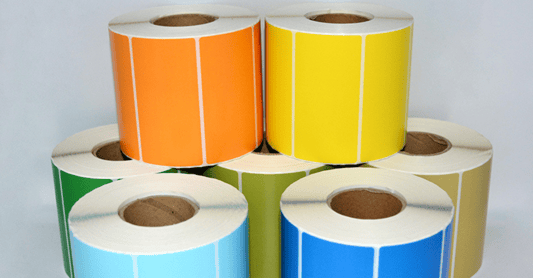1. The History and Significance of Color RibbonsColor ribbons have been used for centuries as a way to add a touch of elegance and beauty to various items. From gift wrapping to fashion accessories, color ribbons have always been a popular choice due to their versatility and aesthetic appeal. In ancient times, ribbons were often worn as a symbol of status and wealth, while today they are used to express creativity and add a pop of color to any occasion.2. The Different Types of Color RibbonsColor ribbons come in a wide array of materials, sizes, and colors, making it easy to find the perfect ribbon for any project. Satin ribbons are smooth and shiny, making them ideal for gift wrapping and crafting. Grosgrain ribbons have a ribbed texture and are often used for hair bows and garment trims. Organza ribbons are sheer and lightweight, making them a popular choice for wedding decorations and floral arrangements. Velvet ribbons are soft and luxurious, adding a touch of elegance to any project.3. Using Color Ribbons in Gift WrappingOne of the most common uses for color ribbons is in gift wrapping. By adding a beautiful ribbon to a present, you can instantly elevate its appearance and make it feel more special. Whether you choose a classic satin ribbon or a bold grosgrain ribbon, the options are endless. Consider using a contrasting color ribbon to create a striking visual effect, or match the ribbon to the recipient's favorite color for a personalized touch.4. Enhancing Home Decor with Color RibbonsColor ribbons can also be used to enhance the decor of your home. Whether you're looking to add a festive touch to your holiday decorations or want to spruce up your everyday decor, ribbons can be a great choice. Use ribbons to tie bows around vases, hang them from curtain rods, or create unique wall hangings. The possibilities are endless, and you can easily change the ribbons to match the season or your mood.5. Fashion and Accessories with Color RibbonsColor ribbons are not limited to gift wrapping and home decor. They can also be used to add a stylish touch to your wardrobe. Tie a ribbon around your waist to cinch a loose-fitting dress, use a ribbon as a choker necklace, or add ribbons to your hair for a trendy look. With so many colors and styles to choose from, you can easily find a ribbon that complements your personal style and adds a unique touch to any outfit.6. Using Color Ribbons in Floral ArrangementsWhen it comes to floral arrangements, color ribbons can be used to add a finishing touch. Tie a ribbon around the stems of a bouquet to create a polished look, or use ribbons to secure arrangements to vases or containers. The addition of a color ribbon can instantly transform a simple bouquet into a stunning centerpiece, perfect for weddings, parties, or everyday decor.7. DIY Crafts and Color RibbonsIf you enjoy crafting, color ribbons can be a valuable addition to your supplies. Use ribbons to create bows, embellish greeting cards, or make unique jewelry pieces. The wide variety of colors and textures available allows you to experiment and create one-of-a-kind crafts that reflect your personal style. Let your creativity run wild and incorporate color ribbons into your next DIY project.8. Color Ribbons for Awareness and SupportColor ribbons are often associated with raising awareness and showing support for various causes. From the iconic pink ribbon for breast cancer awareness to the yellow ribbon for supporting troops, these ribbons have become powerful symbols of solidarity and hope. Wearing a color ribbon can be a simple yet impactful way to show your support and bring attention to important causes.9. Color Ribbons in Wedding DecorationsWeddings are a perfect occasion to incorporate color ribbons into the decorations. Whether you're adding ribbons to your invitations, tying bows on chairs, or using ribbons to decorate the wedding cake, they can add a touch of elegance and cohesiveness to the overall theme. Choose ribbons that match your wedding colors and let them enhance the beauty of your special day.10. Color Ribbons for DIY Hair AccessoriesIf you're looking to add a unique touch to your hairstyles, color ribbons can be a fantastic choice. From simple ribbon headbands to elaborate bow clips, there are countless ways to incorporate ribbons into your hair accessories. Whether you prefer a subtle pop of color or a bold statement piece, color ribbons offer endless possibilities for creating stylish and personalized hair accessories.Quote Inquiry










